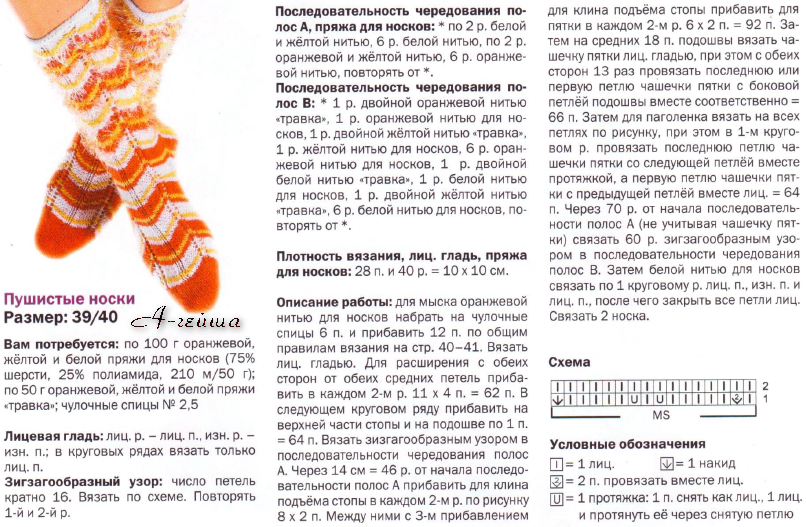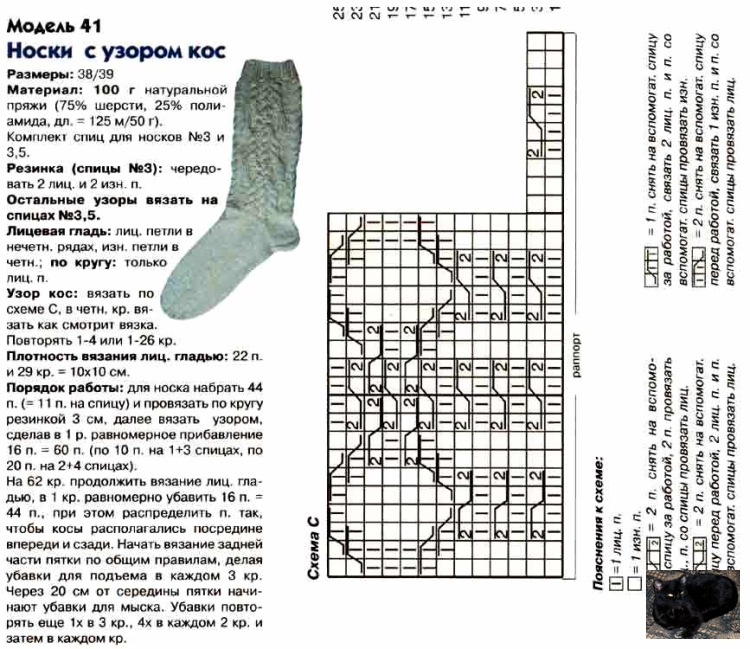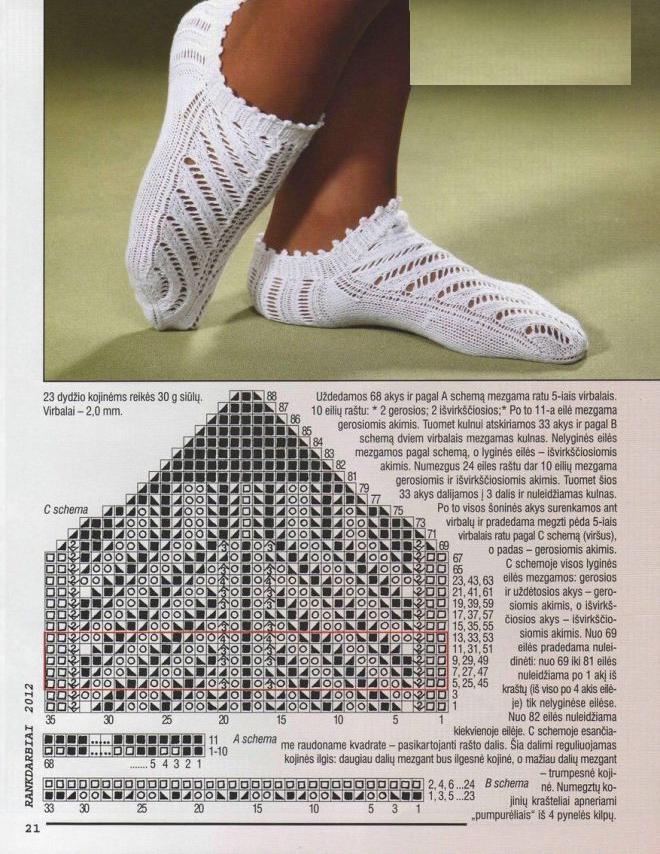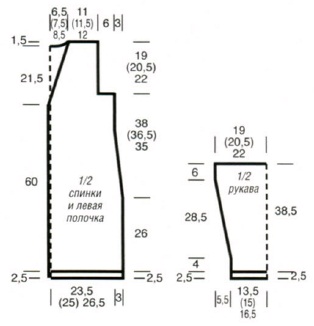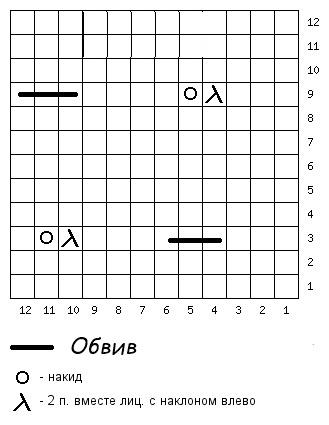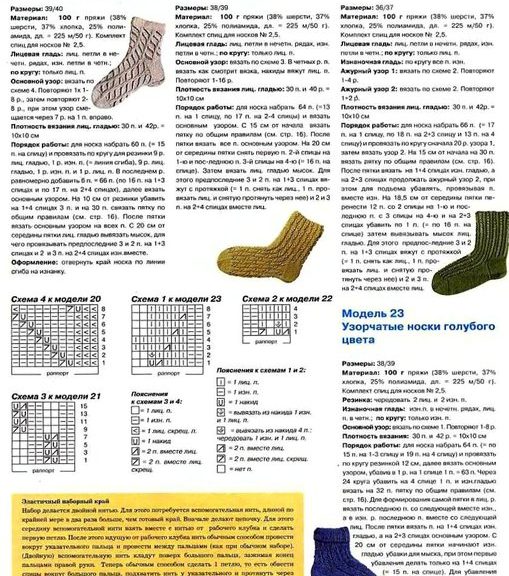
Knitting of openwork socks with knitting needles according to the scheme with description
Content
- Photo masterclass knitting of fishnet socks
- Video master class knitting openwork socks
- Photography lessons knitting socks
Knitted socks are an important element of the wardrobe. They can be worn not only in winter, hidden under shoes. In houses with a cold floor, socks will help warm your feet at any time of the year. But in this case I want them to be not only warm, but also beautiful. Ideal - open-work socks, description and videos of which are given below.
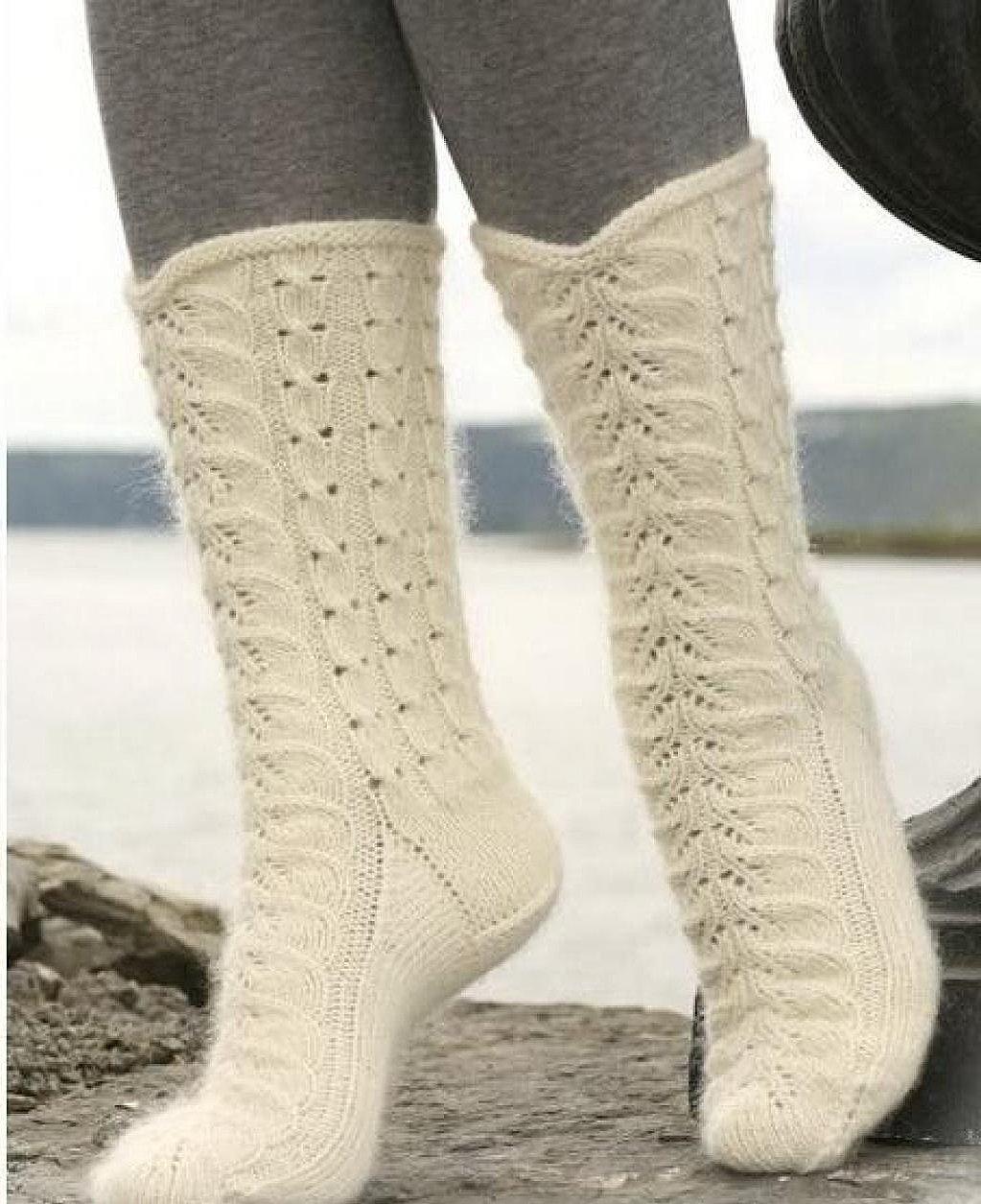

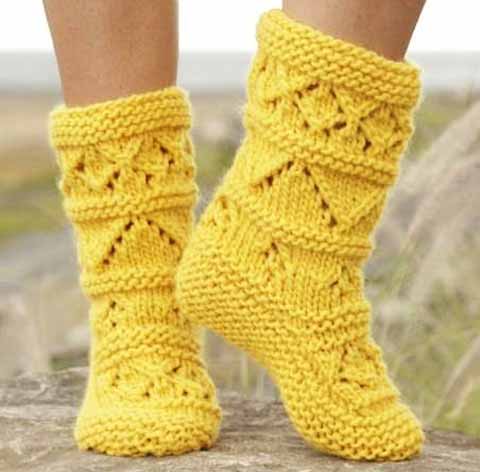

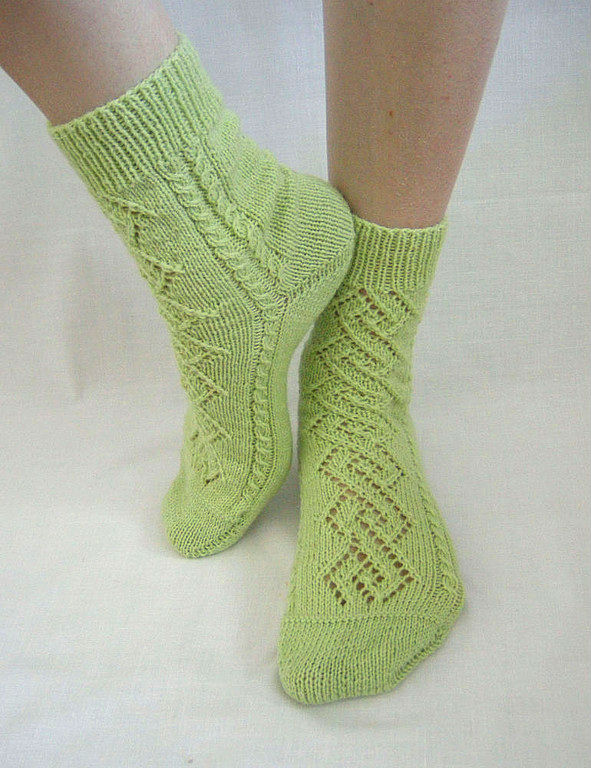

Photo masterclass knitting of fishnet socks
This is a description of short socks. How to get longer options, is told at the end of the article. First of all, you need to collect 56 loops and distribute them between four spokes (14 each). Then we connect them in a circle. It is important to ensure that they do not twist.

The upper part of the sock is knitted with an elastic band 1 by 1 10Series. After that, the description recommends moving to the heel. It is performed according to a certain scheme of loops, which are placed on the two spokes with a facial surface (in the odd-numbered rows, in the face series, in the even rows, in the backs). Since the heel does not fit in a circle, do not forget about the edges.

After 20 rows, the heel of the heel is requiredDivided into 3 parts: 9 + 10 + 9. You can mark the boundaries of each section of the sock with special rings. Now partial knitting begins with the following description:
- Perform all the loops of the extreme part of the sock;
- We knit 9 central loops;
- The last link of the center is tied together with the first from the extreme spokes;
- Work to deploy and repeat from the first point.
In partial knitting, all the sock loops are made according to the pattern. Knitting of the heel continues in accordance with the described scheme, while from knitting there will be only 10 loops left.
Go to knitting foot 
To continue work on the toe, you need to tie the row and dial 11 loops from the closed edge on the side of the heel.
After this, 14 loops are loosened from two pins. Now, 11 new loops are recruited from the opposite side. After writing 5 loops, we get the following number of links in the work:
- On the first and fourth spokes 16;
- On the second and third - on 14.
Next, the socks knit in a circle, while the number of loops on all spokes should be equalized as follows:
- On the first to tie up 14 loops, and on the 15th and 16th to unite;
- The second and third knitting needles to be knit unchanged;
- On the fourth in the beginning of the row, tie two together, finish the knitting circle;
- Through a number of subtractions, repeat by completing the last two loops on the first and the first two on the last;
- After that, all the spokes will get an equal number of loops - 14.
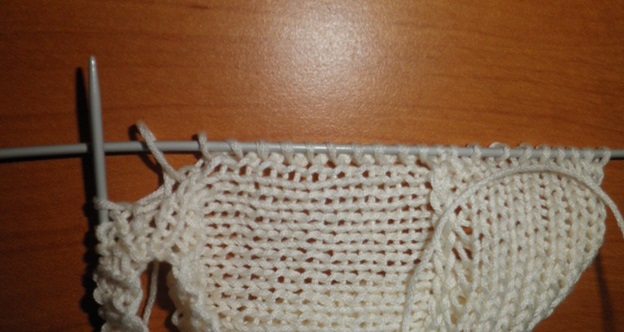
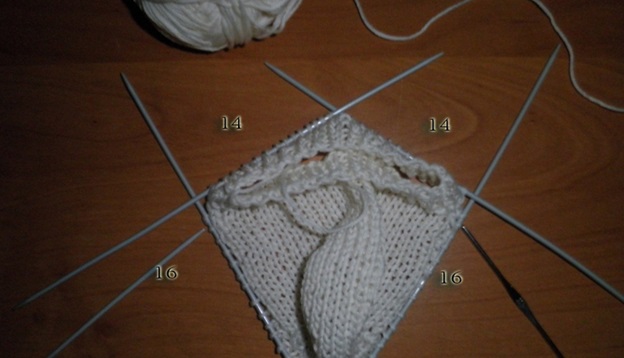

Starting an Openwork Now you can start executingAzhura. Knit it is necessary on the scheme below. It has a description of all the notation. In order to get a tilt to the left when you merge the telescope, you need to remove the first one, the second one to be tied up and the unprints wrapped around it. For tilting to the right, it's enough to simply loop the loops together.
In this model, only the upperPart of the sock opposite the heel. That is, if the heel knits on the first and last spokes, the openwork pattern should be tied to the second and third according to the scheme. The rapport of the proposed pattern is 14 loops. Therefore, after the end of tying an openwork pattern on the first spoke, you should start the circuit first to the second one.
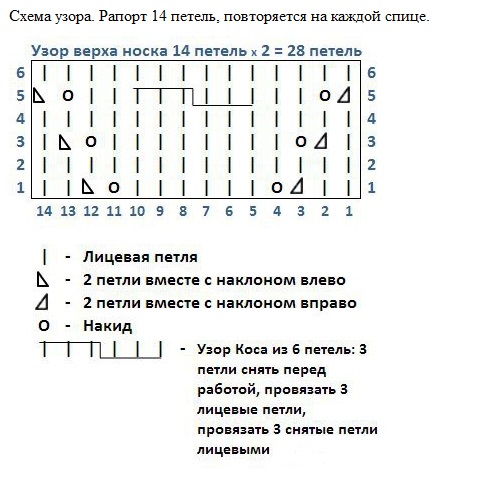
Performing openwork socks knitting in accordance with the proposed description, the bottom is recommended to knit only facial.
End of work 
When the canvas, starting from the heel, reaches about 14 cm, you can begin to perform a toe. It is important to follow several rules:
- The toe that will complete the openwork socks will be executed by the facial smoothing, therefore it is necessary to complete the rapport according to the scheme (that is, the number of rows must be a multiple of six);
- Explanation corresponds to 37 size. Based on the density of knitting, as well as the size of the foot, you should choose the length of the sock in each case.
To perform a toe knitting done inAs described below22. Two loops located in front of the last (12th and 13th) on the first spoke, knit together with a slope to the right, the latter - as usual. On the second is the first front, the next two - together tilted to the left. On the third, two hinges are combined, tilting to the right, on the fourth as well as on the second one.
The next row is knit as usual facial. Then again reduce the described scheme. So continue until there are only 8 loops left. At this point, openwork socks need to be twisted and pulled on the wrong side of the remaining links thread.

It remains to link in accordance with the descriptionThe second, and openwork socks will be ready. The top of them can be tied with a crochet, using any scheme. If it will be openwork, through it it will turn out to stretch satin ribbon for an ornament.

Video master class knitting openwork socks
Not everyone likes short socks. Those who want a shank to be long, you can advise to master the presented video. It gives a detailed description of how openwork is made
. In this case, the top can be any length that the needle-worker likes. Just on the heel you need to go when the shank reaches the desired size.
Using the schemes given in the article,Master class and video, even a beginner skilled worker will be able to tie beautiful open-work socks. It is important to understand that the main part of the work is always the same and you can perform it according to the description given on the video. In this case, the pattern can be selected any. The main thing is that the scheme of questions does not cause, and the number of loops was a multiple of the rapport.
